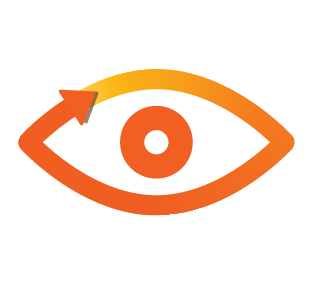When it comes to the different approaches to management and culture, many leaders have moved on from command and control. This top-down approach has its place in organisations where leaders prefer to be the authority figure – the ultimate decision-makers. The problem is that this rigid approach doesn’t allow team members to develop management or leadership qualities and it keeps working relationships in parent-child mode. We’re more likely today to hear leaders talk about “empowerment” and “autonomy” among teams: adult to adult. However, the distinction between empowerment and autonomy is important when it comes to exploring how people will adapt to the return to offices and imperative to know when it comes to trust and integrity.
I have noticed that I tend to hear more talk about the importance of empowerment; particularly the empowerment of line managers and of teams, especially as people continue to work remotely from an office. But what do we really mean by empowerment? According to culture design strategist, Gustavo Razzetti….
“Autonomy is the freedom to act and to make our own choices. Empowerment is the granting of political, social, or economic power.”
I love this distinction. Autonomy is different from empowerment. When I look at my recent research into line managers, I can see this clearly. From our research, perhaps naturally 98% manage people, yet only 50% manage budget and 50% manage resources. If a manager does not have the responsibility to manage budget and resources alongside people, they are not autonomous. They might be empowered, but any decision that requires financial input will not be theirs.
I see this in the work I do taking teams and organisations through The Field ModelTM. One of the things that can often come up is the disconnect between decision-making and management. The inability to make any decisions that will benefit the team or make a difference is paralysing for a line manager. It stops progress. It’s inefficient. It supports hierarchical power inside organisations.
It’s easy to give someone the power to make the decisions you want them to make. It’s less comfortable to give people the freedom to act based on what is in the best interests of their stakeholders. Freedom within a framework is something to aim for.
That said, autonomy isn’t for every culture. And while I consider that there is a journey to go on for those organisations that operate command and control, they might be comfortable stopping at empowerment – and that is ok. But own that decision. Don’t suggest there is more autonomy than there is.







